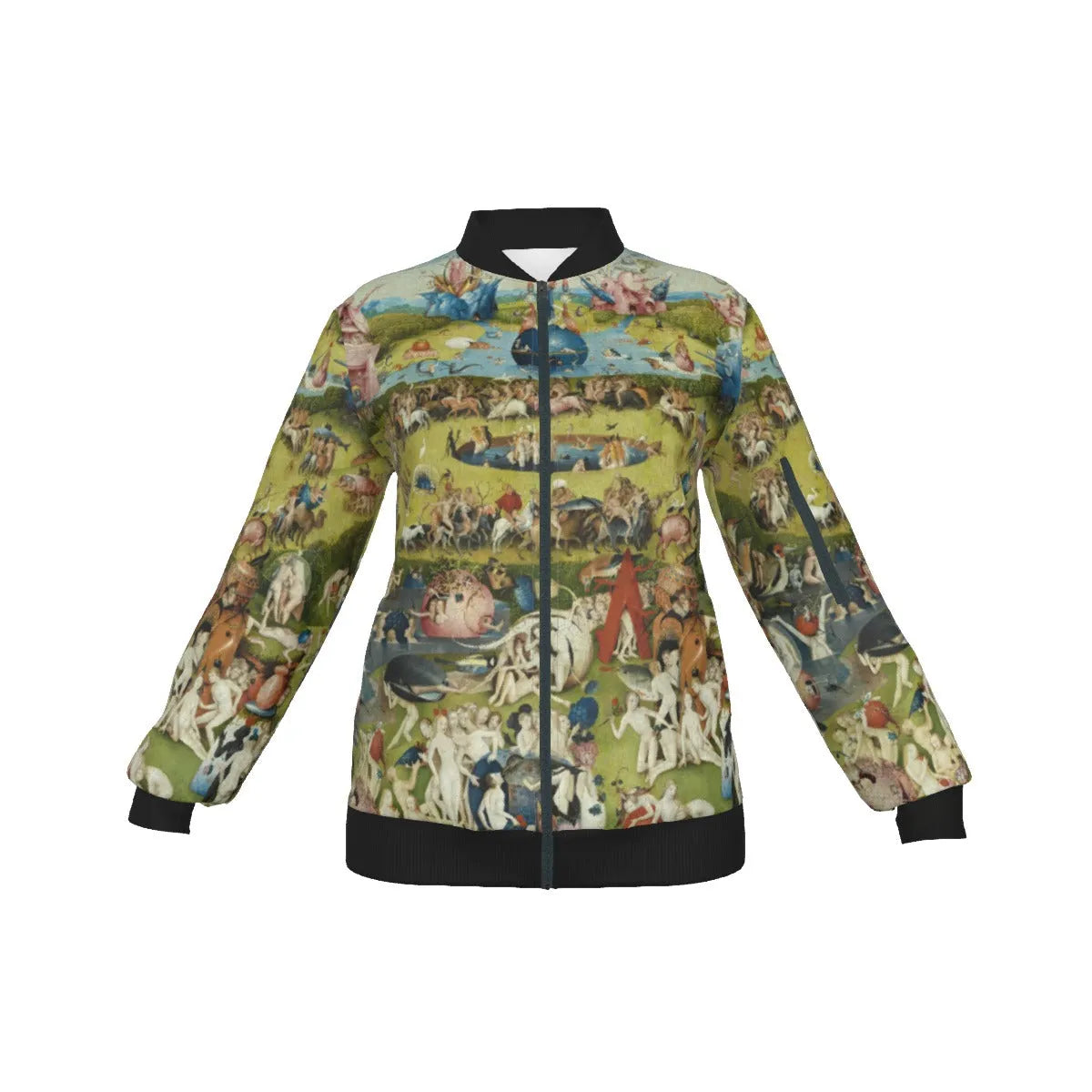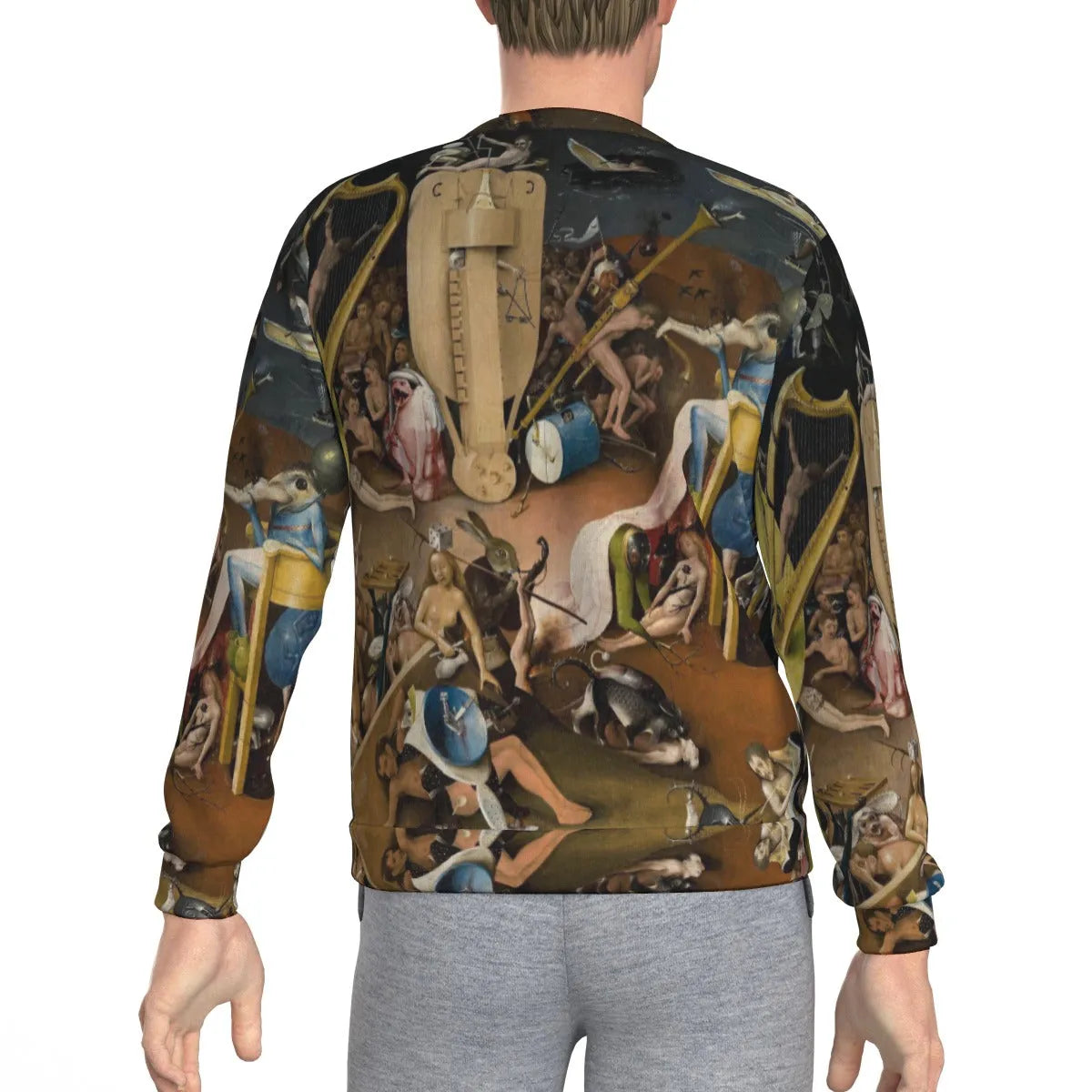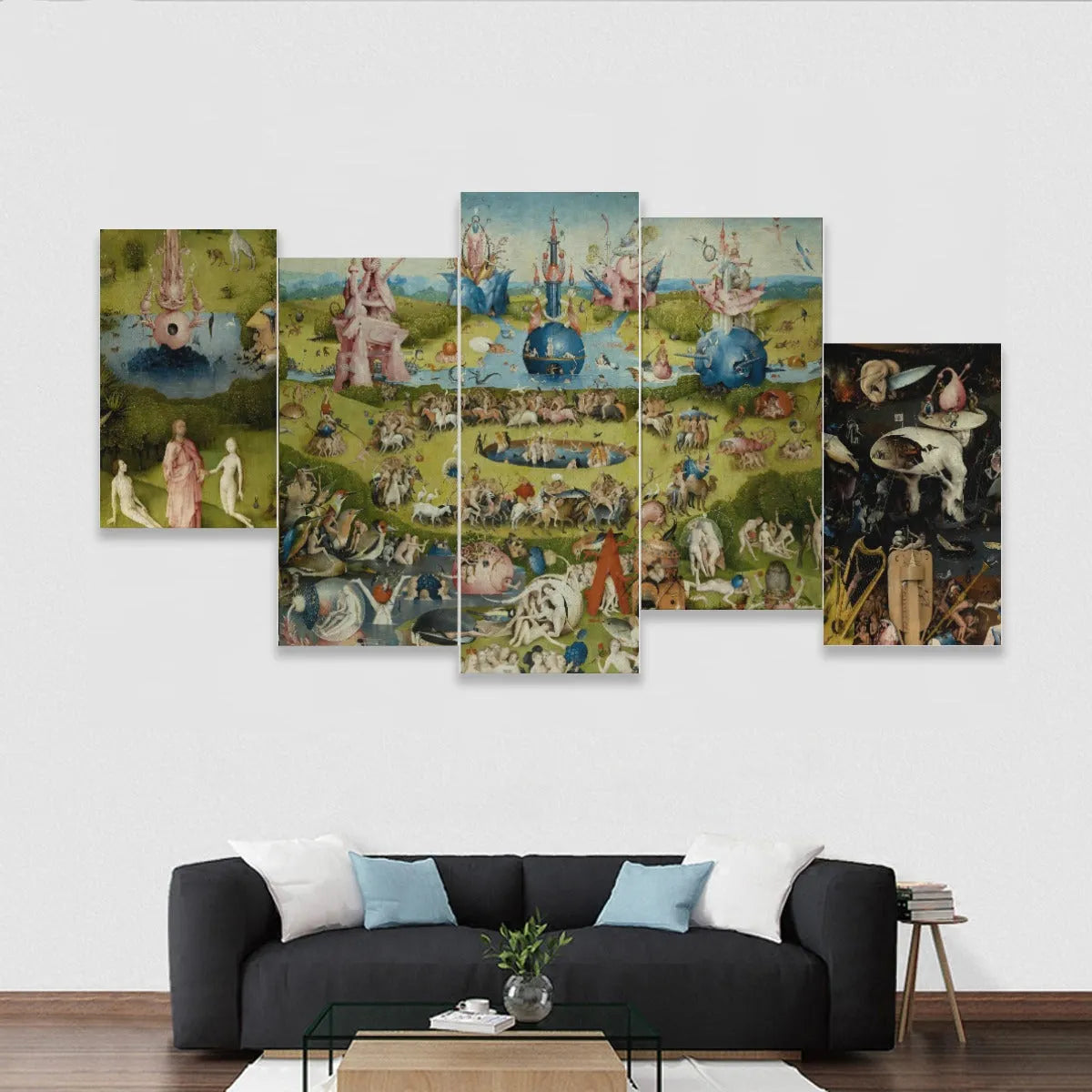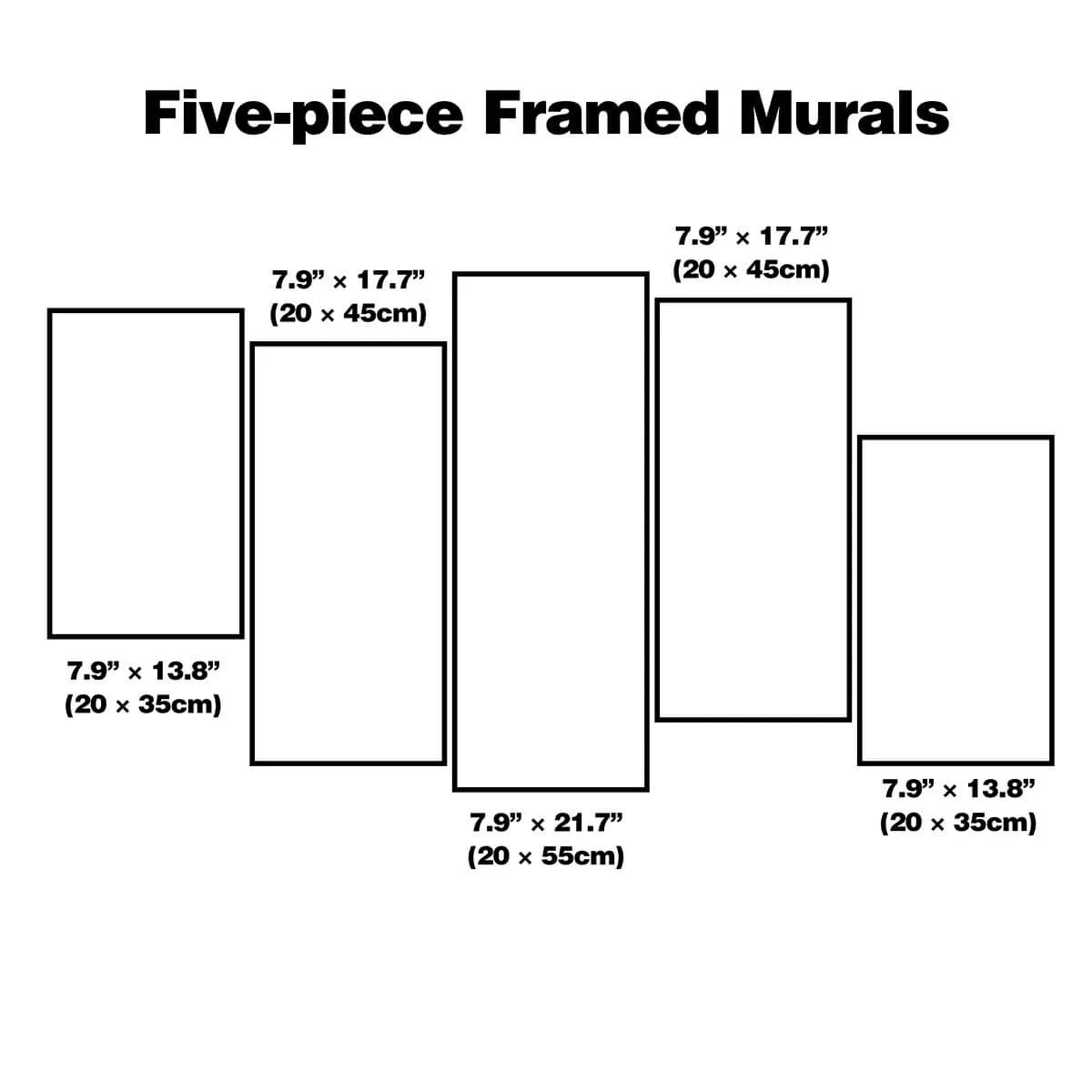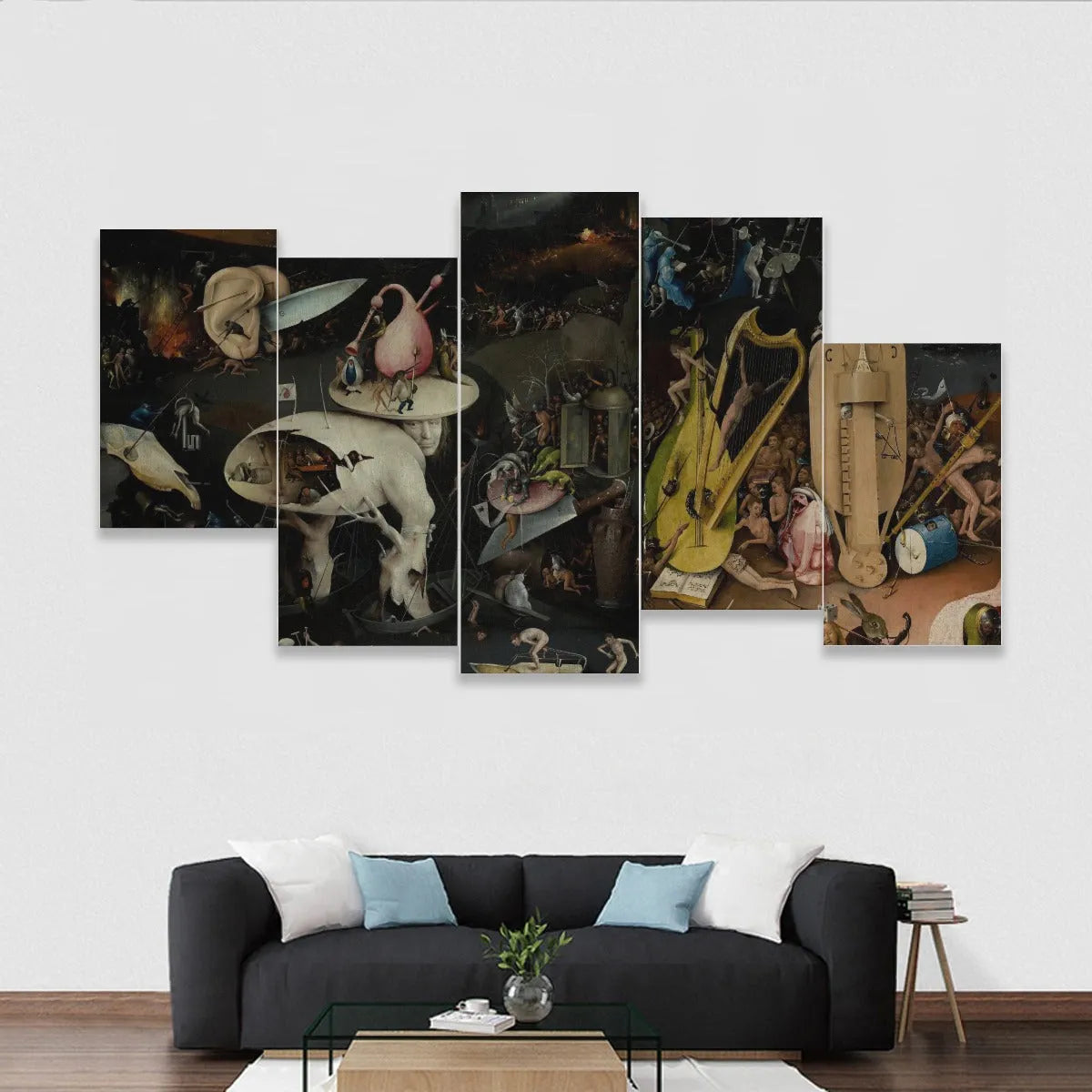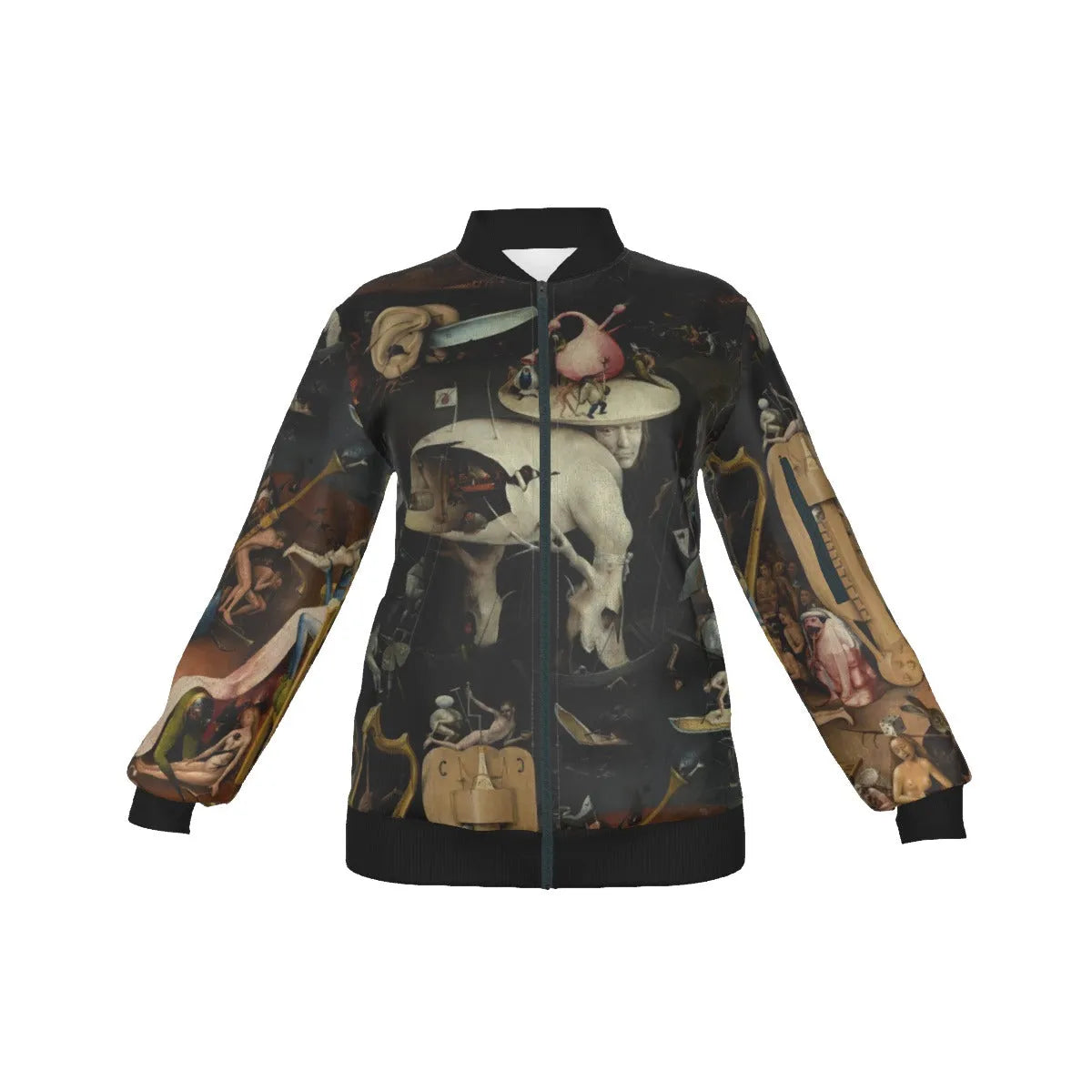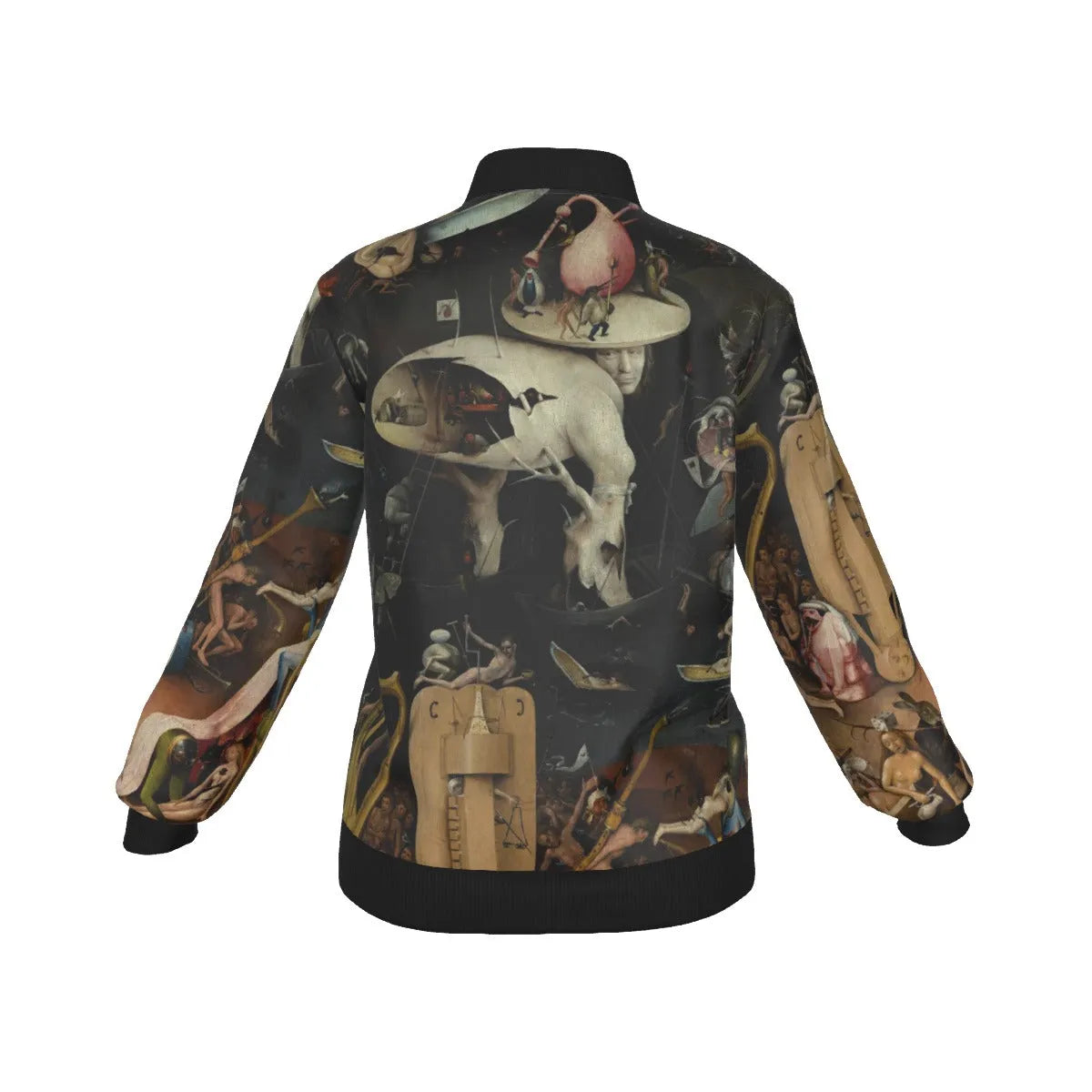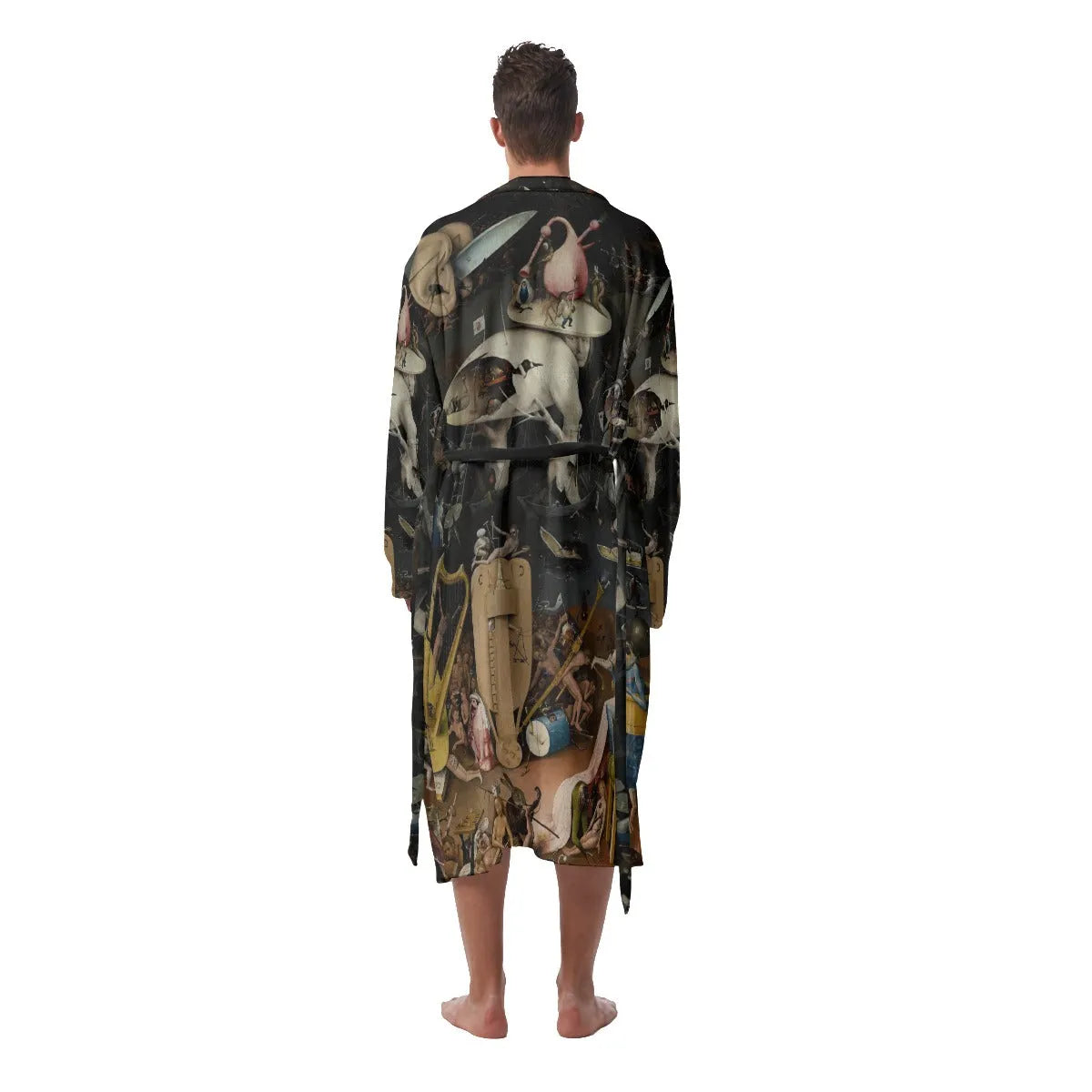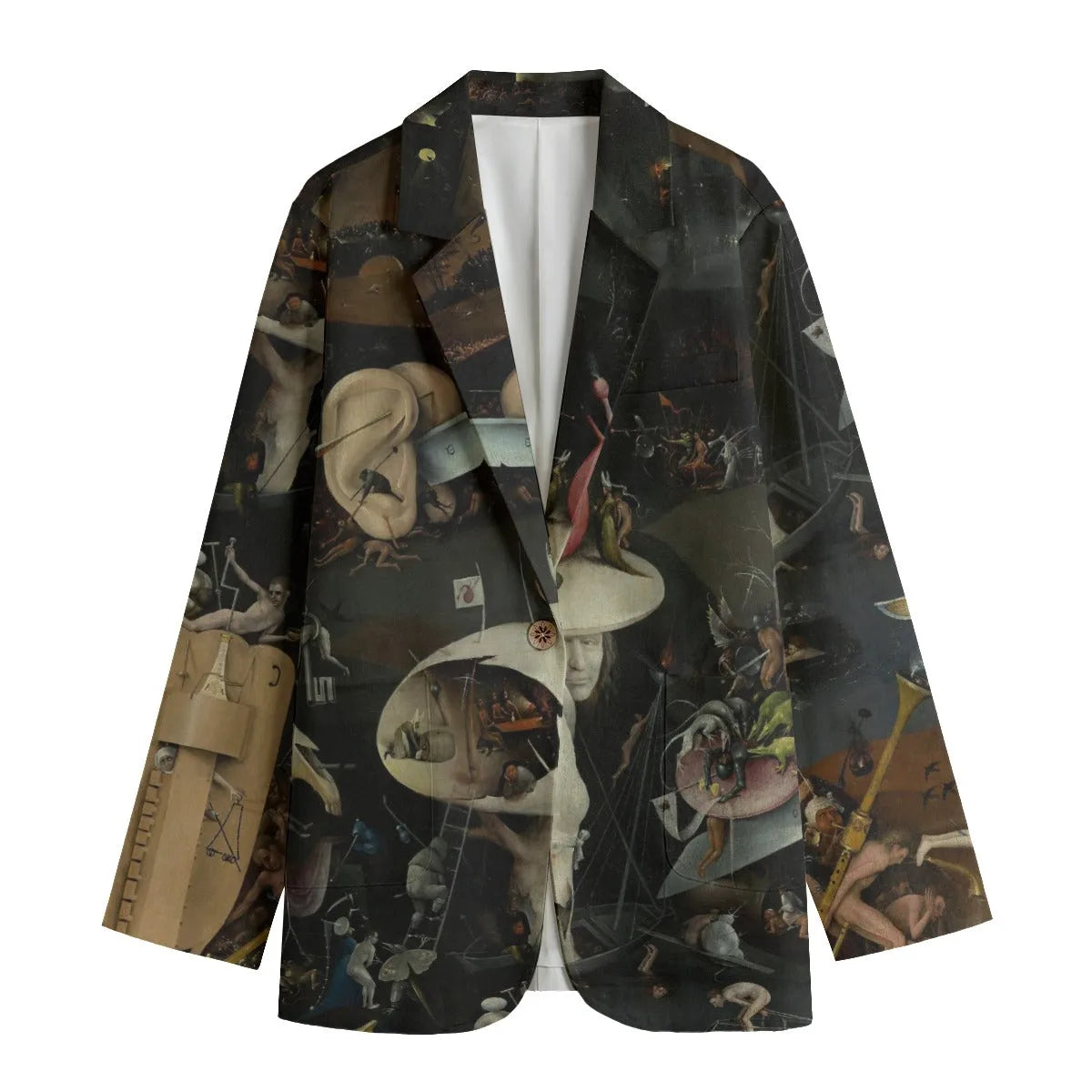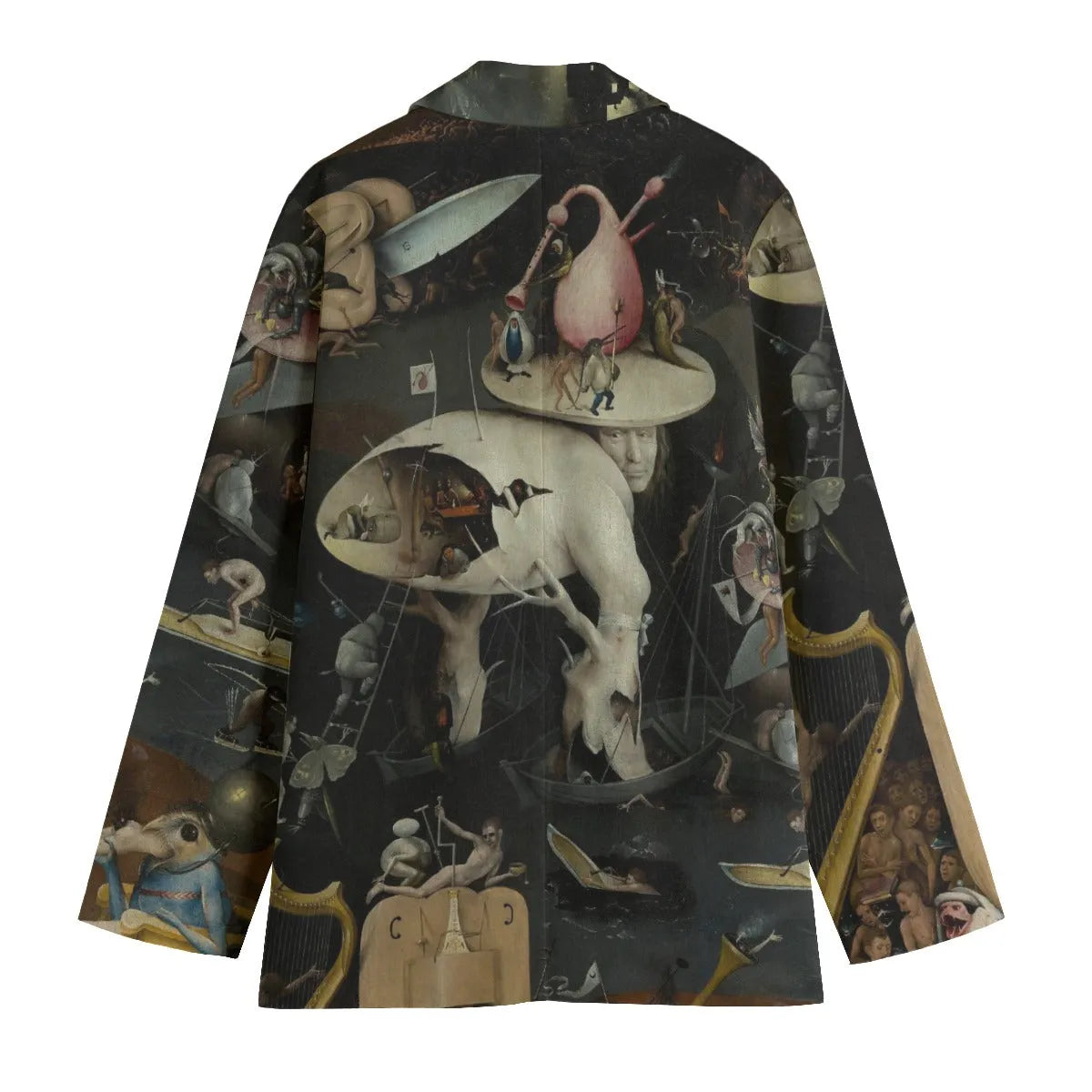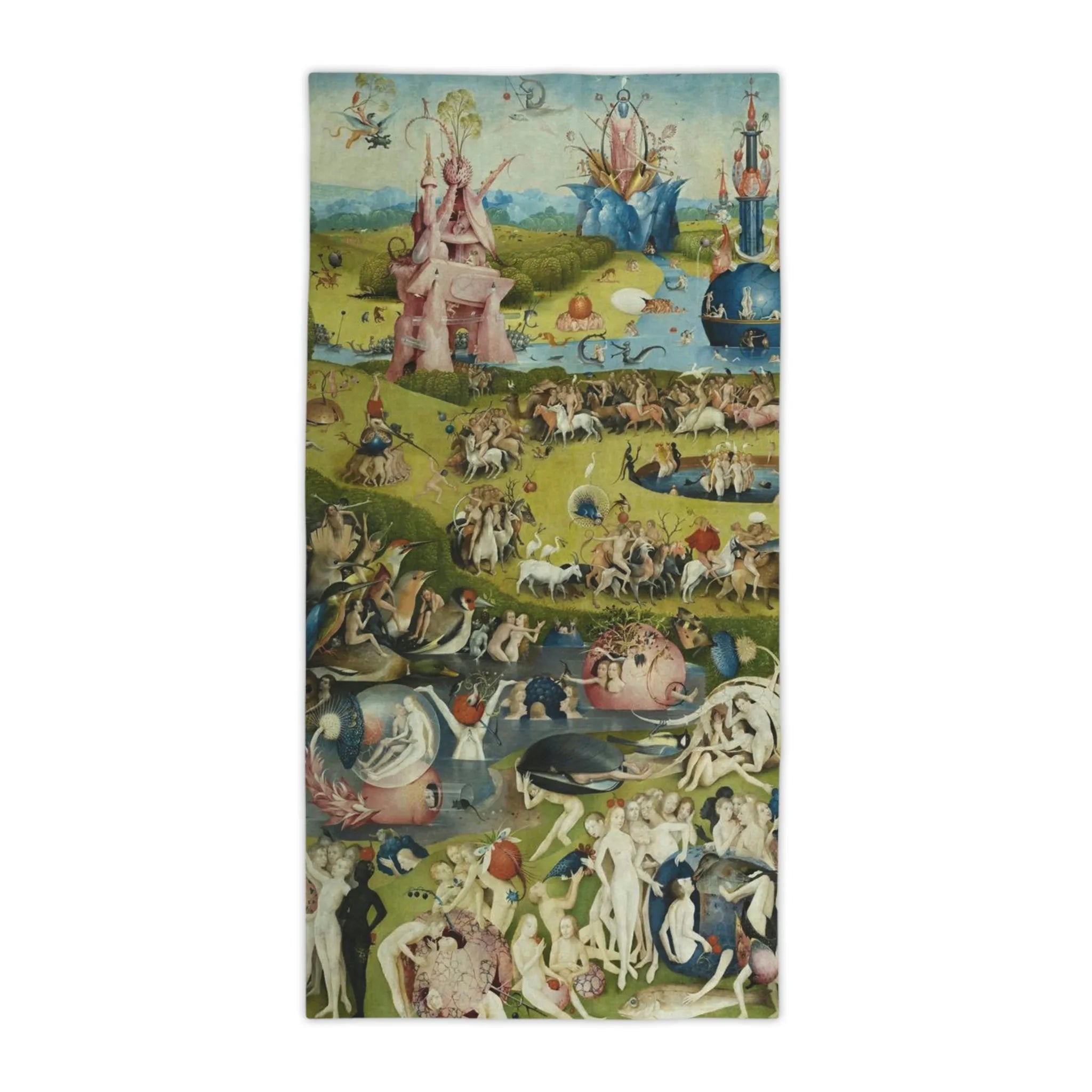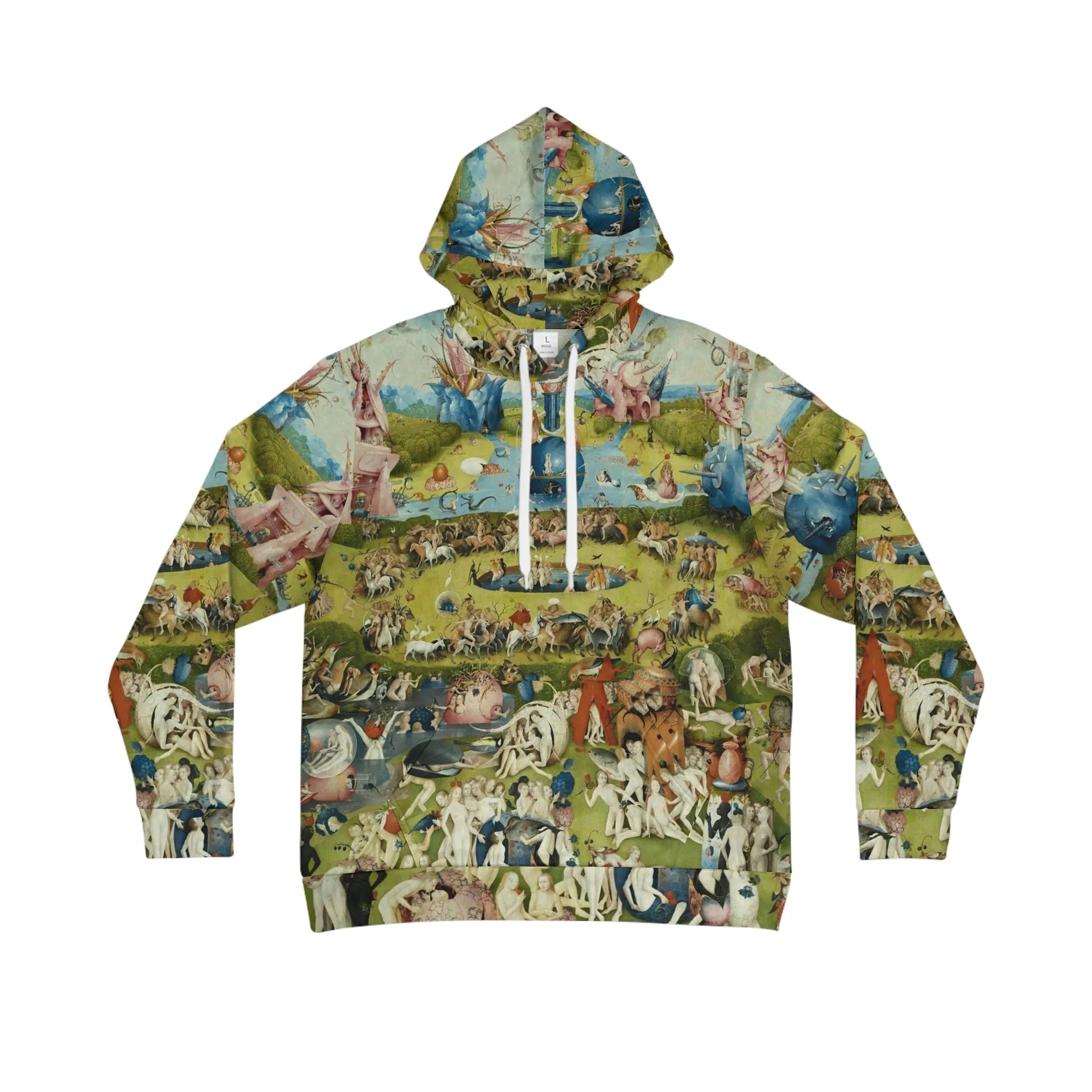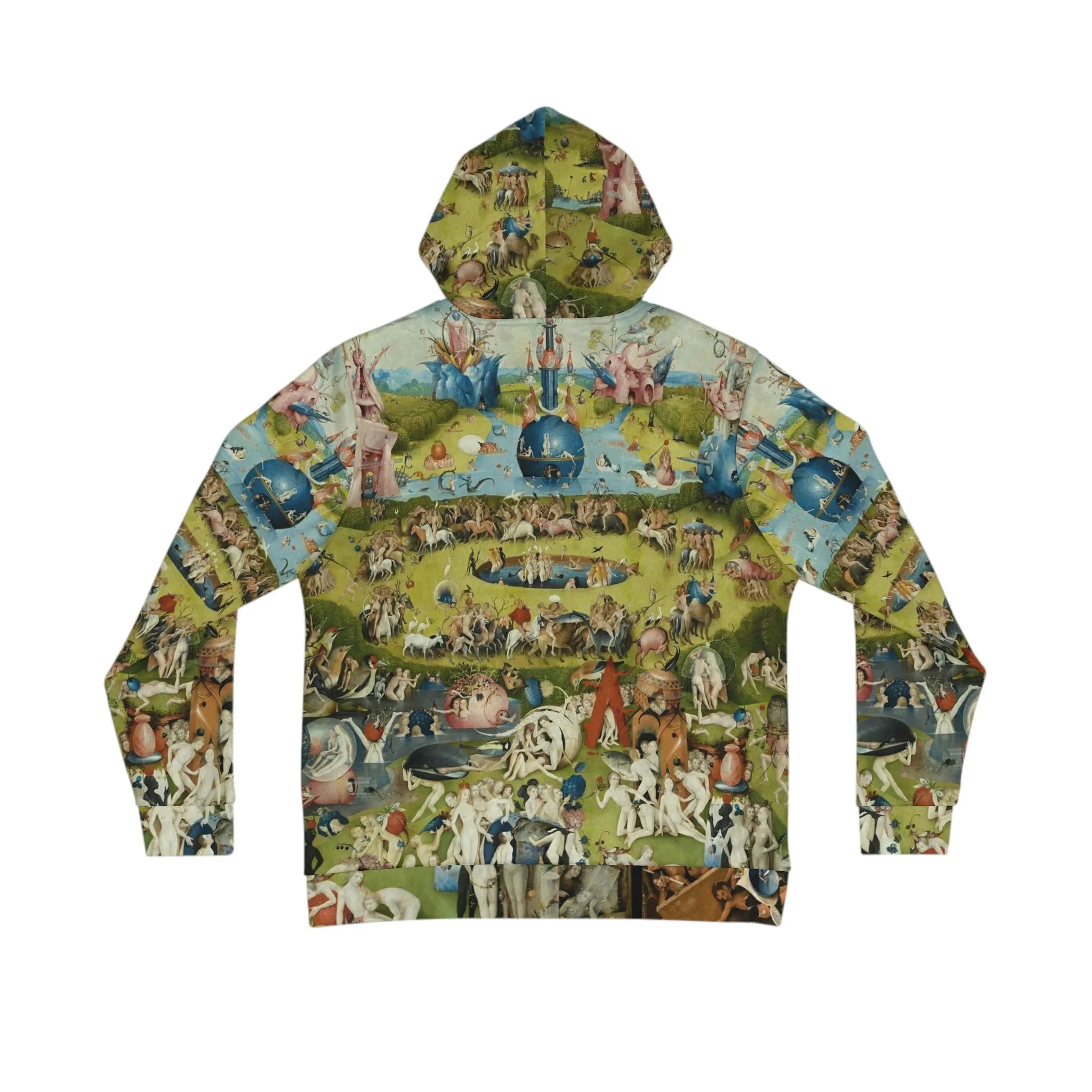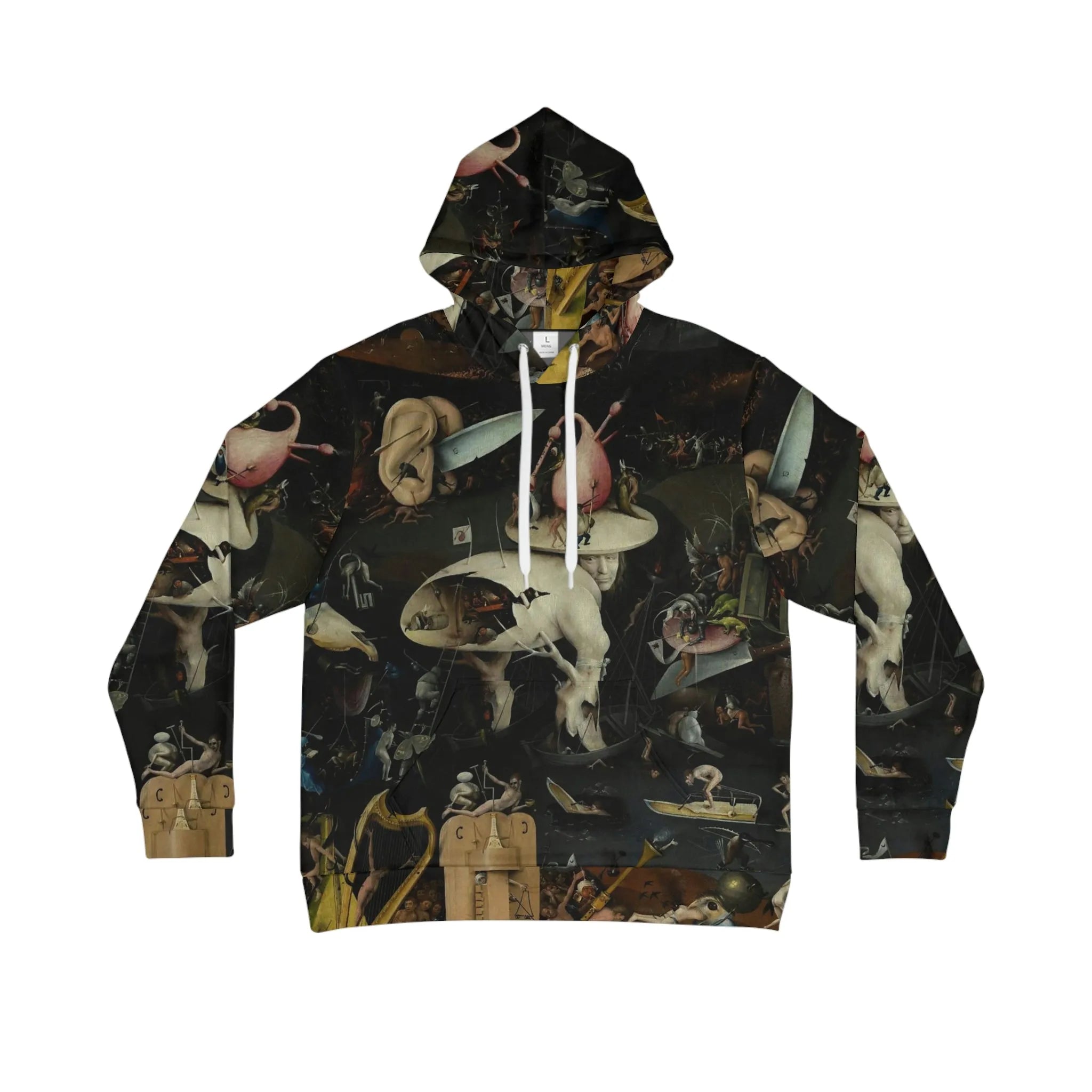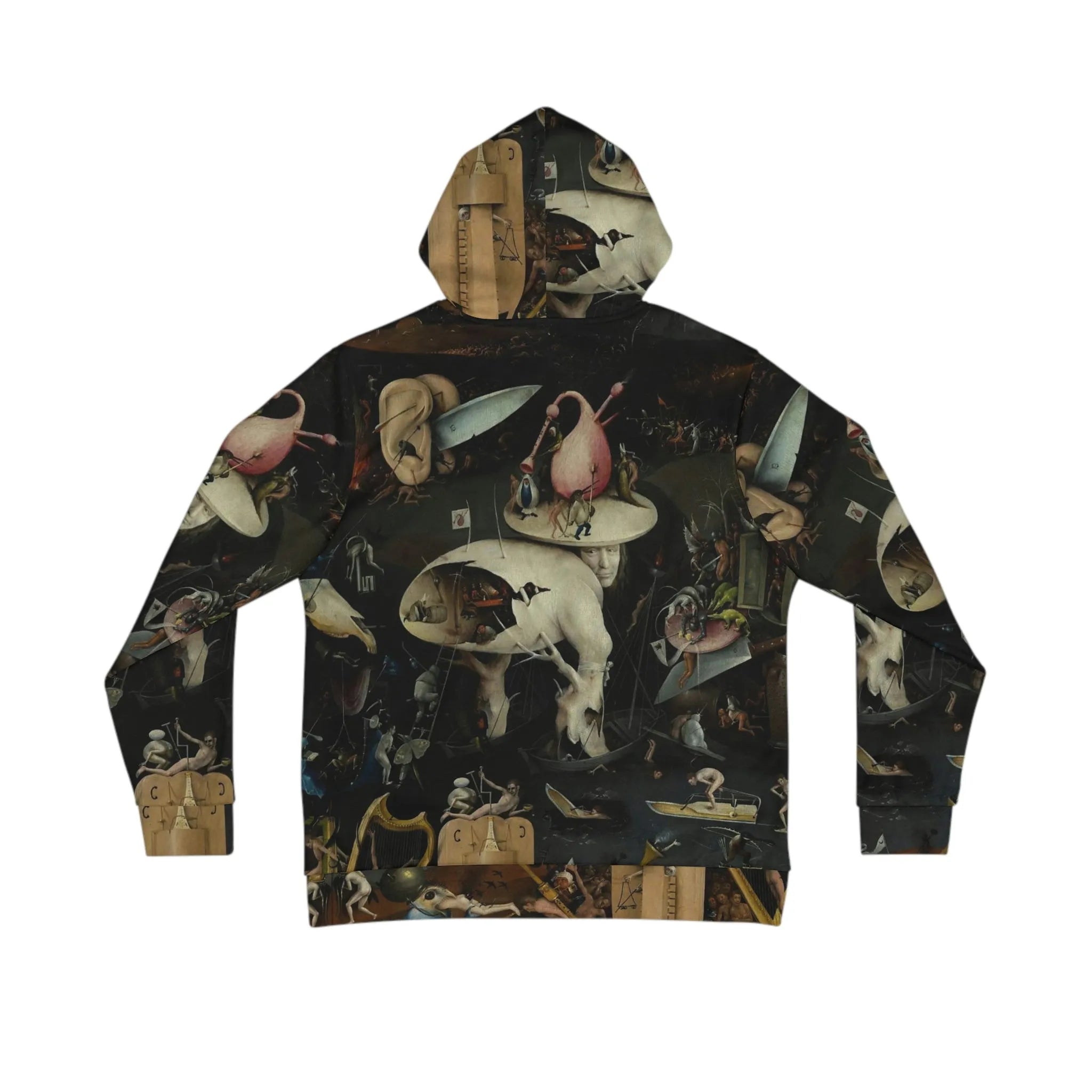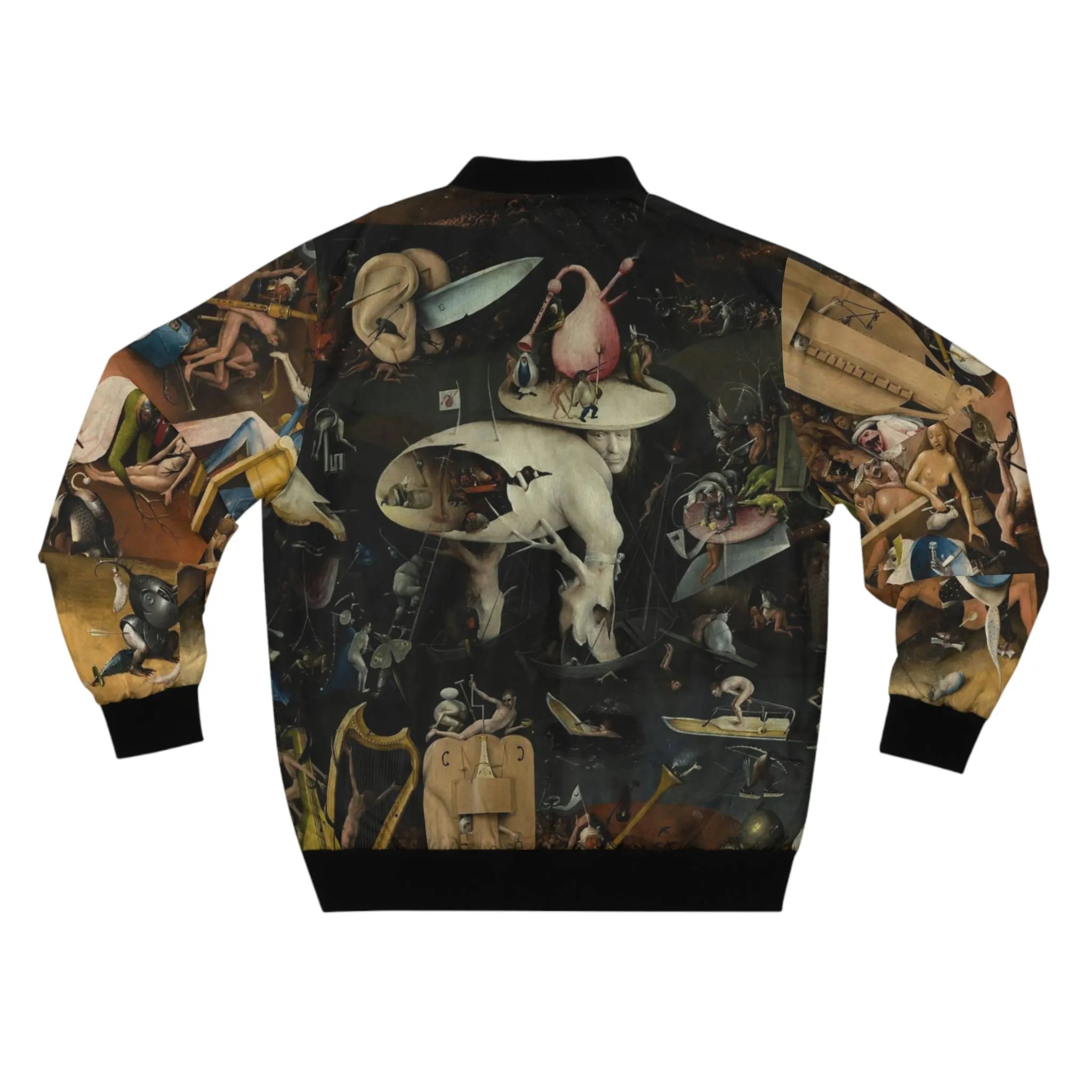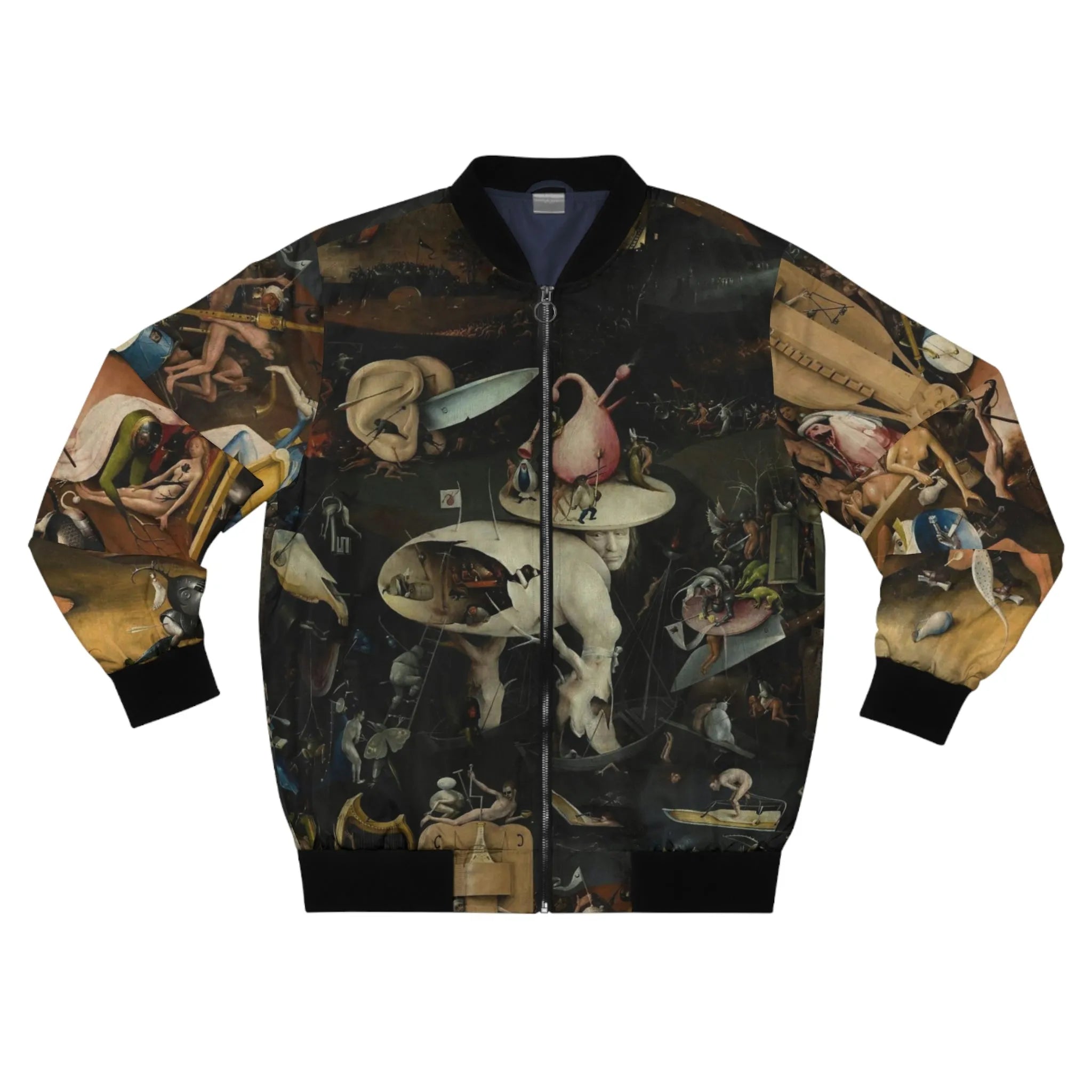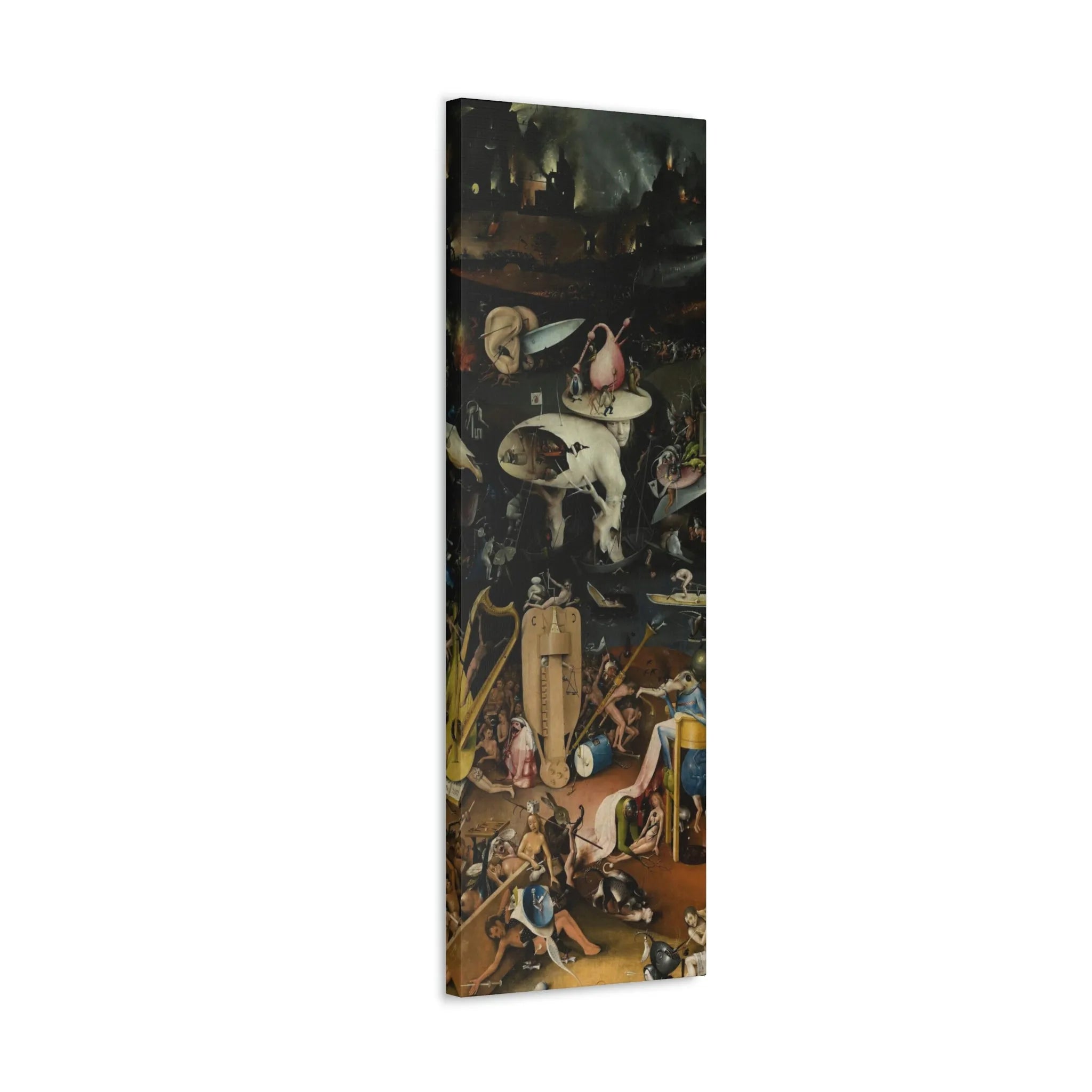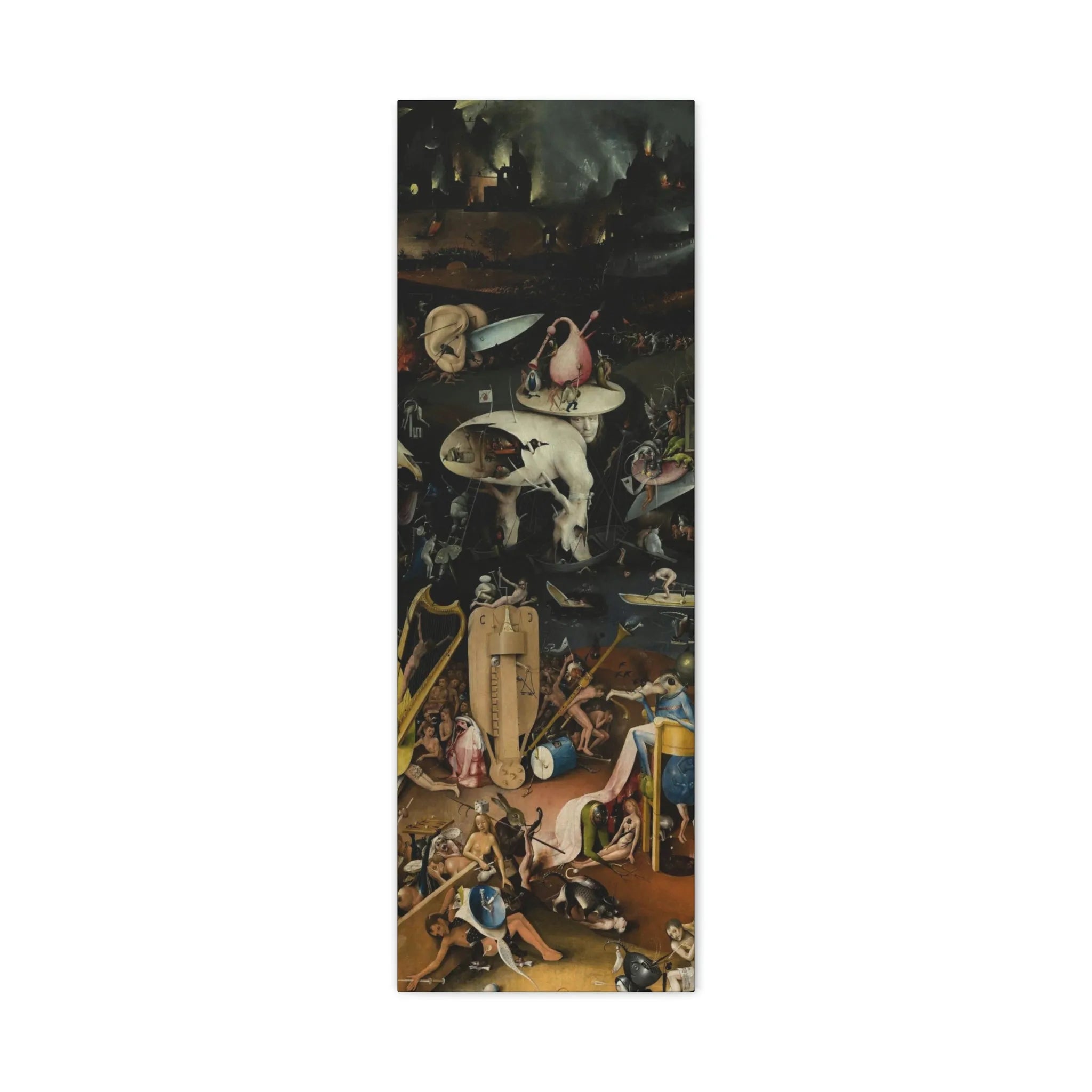Hieronymus Bosch, a name synonymous with enigma and surrealism, continues to captivate art enthusiasts and scholars alike. This article delves into the life, works, and enduring mystique surrounding this remarkable Dutch painter. Join us on a journey through the whimsical and thought-provoking... Read more
Hieronymus Bosch, a name synonymous with enigma and surrealism, continues to captivate art enthusiasts and scholars alike. This article delves into the life, works, and enduring mystique surrounding this remarkable Dutch painter. Join us on a journey through the whimsical and thought-provoking world of Hieronymus Bosch.
The Early Life and Background
Born Jheronimus van Aken around 1450 in 's-Hertogenbosch, Netherlands, Hieronymus Bosch's early life remains cloaked in mystery. His upbringing, family, and education have been subjects of intrigue for centuries.
The Artistic Beginnings
Hieronymus Bosch's artistic journey began in the heart of the Northern Renaissance. His paintings reflect the influences of his time, blending religious themes with fantastical elements.
The Enigmatic Works
-
"The Garden of Earthly Delights"
One of Bosch's most famous triptychs, "The Garden of Earthly Delights," is a visual masterpiece that explores the themes of temptation, sin, and human nature. This surreal artwork continues to puzzle and mesmerize viewers.
-
"The Haywain Triptych"
In "The Haywain Triptych," Bosch offers a vivid portrayal of the human condition, with intricate details and bizarre creatures symbolizing the moral decay of society.
-
"The Last Judgment"
"The Last Judgment" serves as a stark reminder of Bosch's fascination with the afterlife. The intricate depictions of heaven and hell have sparked endless debates among art connoisseurs.
The Interpretations
-
Religious Allegory
Bosch's works are often interpreted as religious allegories, with hidden messages and warnings about sin and redemption.
-
The Surreal and the Fantastic
Bosch's surreal imagery and fantastical creatures have led some to believe that his works were inspired by dreams and hallucinations.
-
Social Commentary
Many art historians argue that Bosch's paintings serve as social commentaries, reflecting the turbulent times of the late Middle Ages and the early Renaissance.
The Ongoing Influence
Hieronymus Bosch's impact on art and culture endures. His innovative style and imaginative compositions have left an indelible mark on subsequent generations of artists, from Salvador Dalí to Terry Gilliam.
In conclusion, Hieronymus Bosch remains an enigmatic figure in the annals of art history. His ability to blend the surreal with the profound, and the fantastic with the allegorical, continues to intrigue and inspire. Exploring Bosch's world is akin to deciphering a puzzle that tantalizes the mind and stirs the soul.
The 10 Most Famous Paintings of Hieronymus Bosch
| Painting |
Year |
Description |
| The Garden of Earthly Delights |
1490-1510 |
An intricate triptych depicting Heaven, Earth, and Hell with surreal and fantastical imagery. |
| The Haywain Triptych |
1510-1516 |
Depicts a large cart of hay surrounded by various scenes of human folly and sin. |
| The Temptation of St. Anthony |
c. 1501 |
Shows the tormented saint beset by bizarre and nightmarish creatures in a desert landscape. |
| The Last Judgment |
c. 1482 |
An apocalyptic scene with angels, demons, and the souls of the damned being judged. |
| The Adoration of the Magi |
c. 1485-1500 |
Depicts the biblical scene of the Three Wise Men presenting gifts to the infant Jesus. |
| The Ship of Fools |
c. 1490-1500 |
Illustrates a ship filled with foolish and sinful passengers sailing toward their doom. |
| The Table of the Seven Deadly Sins |
c. 1480 |
Shows the personifications of the seven deadly sins feasting at a table. |
| The Extraction of the Stone of Madness |
c. 1488-1490 |
Depicts a surgical procedure to remove "madness" from a patient's head, surrounded by bizarre figures. |
| The Ascent of the Blessed |
c. 1490-1510 |
Illustrates the souls of the blessed ascending to Heaven on a ladder, guided by angels. |
| The Adoration of the Child |
c. 1470-1480 |
Features the Virgin Mary and the Christ Child surrounded by angels and worshippers. |
FAQs
Q1: Where can I view Hieronymus Bosch's paintings today?
Many of Bosch's works are displayed in prominent museums across the globe. Some notable locations include the Prado Museum in Madrid and the Museum Boijmans Van Beuningen in Rotterdam.
Q2: Are there any books or documentaries about Hieronymus Bosch?
Yes, there are numerous books and documentaries that delve into his life and art. "Bosch" by Stefan Fischer and the documentary "Hieronymus Bosch: Touched by the Devil" are excellent starting points.
Q3: What is the symbolism behind the creatures in Bosch's paintings?
The creatures in Bosch's paintings often symbolize various vices, virtues, and moral lessons. Their interpretations can be complex and open to individual perspectives.
Q4: How can I understand Bosch's art better?
To understand Bosch's art better, it's essential to explore the historical and cultural context of his time. Additionally, studying art history and symbolism can provide valuable insights.
Q5: What is the significance of Hieronymus Bosch's lasting legacy?
Bosch's lasting legacy lies in his ability to push the boundaries of artistic expression. His works continue to inspire artists, scholars, and anyone drawn to the intersection of fantasy and philosophy.

